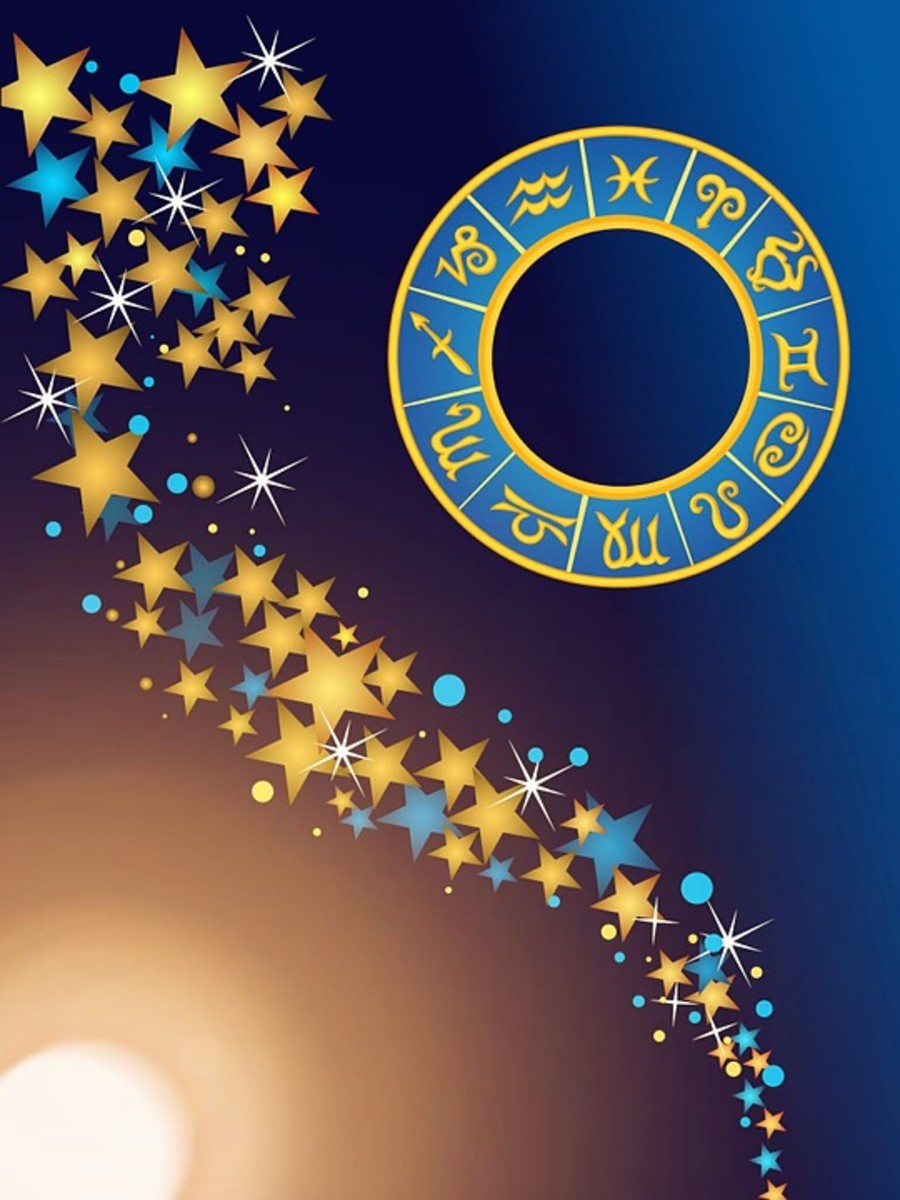What is Love ? Scientific Explanation of Love, Lust, Attraction and Attachment

Do you think love is nothing more than brain chemistry ? How can we explain scientifically the emotions we feel when we are in love ? Why do we feel the happiness, anger, sorrow, excitement when we love someone ? We often said, “Beauty is in the eye of the beholder.” What blinds us when we are in love ? Why can’t we stop thinking of the other person ? If love can be explained scientifically, does that mean that we can control of how we fall in love and with who ? Dr. Helen Fisher, an anthropologist from Rutgers University in US has listed three stages of love : lust, attraction and attachment.
Lust
Lust is the first stage one goes through before experiencing the feeling of love. Driven by sex hormones, testosterone and estrogen, lust creates a strong physical attraction with the aim of getting two people to mate.
When a person is lusting, the brain produces a lot of endorphins, which creates the intense pleasurable sensations, making the person feeling high and infatuated with the other person.
Attraction
Scientifically speaking, attraction is different from lust. It involves a totally different set of hormones and neurotransmitters in the brain. The feeling of madly in love involves adrenalin, dopamine and serotonin. The physical symptoms include a racing heart, sweaty palms and dry mouth. The body is actually going through a stress response, and hence the hormones adrenaline and cortisol are produced.
We often talked about love is blind. The culprit actually comes from high level of neurotransmitter, dopamine in the brain of a person madly in love. When a person is in love, he shall give intense focus to the woman he loves, and has the desire to attach special meaning to how she looks and what she does.
From a study conducted by Dr. Fisher, MRI scans of people in love showed activity in the dopamine-producing region of the brain. This part of the brain is normally associated with desire or craves for something. A rush of cocaine often makes this area active.
Falling madly in love with some is just like being hooked to cocaine. It gives you intense energy, less need for sleep or food, and excitement over every details of the relationship.
Another neurotransmitter Serotonin, often linked to obsessive-compulsive disorder, is believed to be the cause for the fact a person keeps thinking of the other person all the time. If you wonder where serotonin sits in the body, about 80 percent of the human body's total serotonin is found in the enterochromaffin cells in the gut and it is used to regulate intestinal movements.
All these response to attraction paves the way for next stage of love – attachment.
Attachment
Scientists have found two hormones – oxytoxin and vasopressin to be responsible for the desire to mate for life and have children together. Often called the “cuddle hormone” or “love hormone”, oxytoxin induces the feeling of love, trust and bonding. It is stimulated during sex, childbirth and breastfeeding.
With the aid of oxytoxin, which is released during orgasm, the bond between a couple deepens. A study conducted by scientists discovered that vasopressin may play a role in long-term commitment. Using the prairie voles, a notorious monogamous animal, scientist injected a type of drug to suppress the vasopressin in this animal. The animal were found to lose interest in their female partner, and did not protect their partners from other males.
Love
Well, the feeling of falling in love is not just about interaction of hormones. It is perhaps can be more appropriately described as a combination of brain chemistry and emotions. We are not animals who mate to reproduce and ensure the continuity of the species. We want fulfilling relationship that makes us happy and contented.
Hormones can be the reasons behind the feeling of lust and attraction. It plays a role in helping us to fall in love, but staying in love takes work, attention and commitment.
At the end of the day, we are responsible for whom we fall in love with, and how we behave in a relationship. It is up to us to make the right decision with our partners, to keep each other happy and stay faithful.
Copyright
The text and all images on this page, unless otherwise indicated, are owned by Ingenira who hereby asserts her copyright on the material. Permission must be granted by the author in writing prior to copy or republish this article in print or online.
© Ingenira 2012






